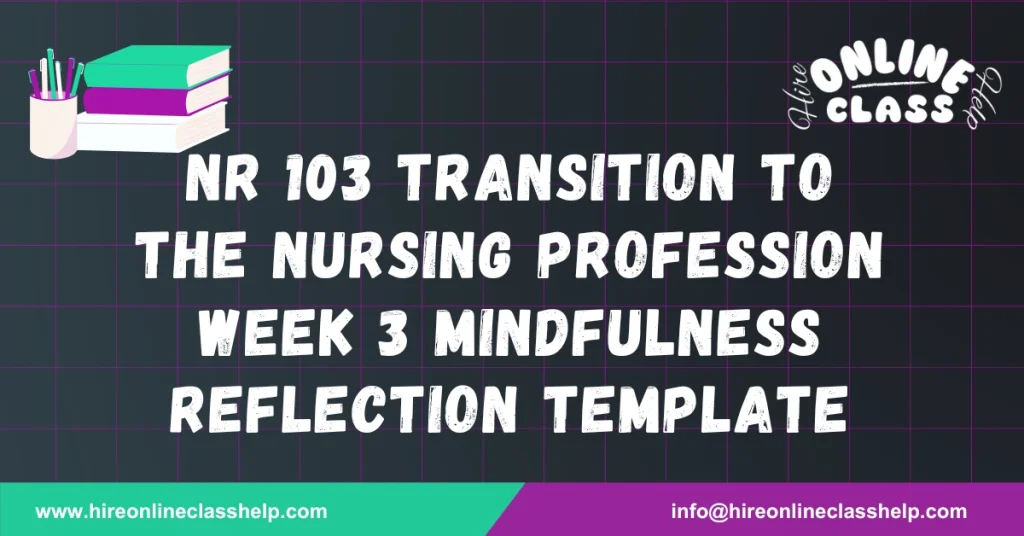






Name
Chamberlain University
NR 103 Transition to the Nursing Profession
Prof. Name
Date
Name: ______
Using this template, answer the following reflection questions. Provide two specific examples from the video to support your response. Use standard English grammar and sentence structure. Ensure your reflection contains no more than three spelling or typographical errors. Writing must demonstrate original thought, without over-reliance on the work of others.
Honestly, “empty calories” likely make up nearly 50% of my daily consumption. This is because I frequently “drink” my calories through sugary beverages like boba, smoothies, sugary lemonades, and blended coffee drinks. Additionally, due to the convenience, I tend to grab processed snacks like chips when stressed and short on time between school and work. The dietitian identifies “nutrient deficiencies, energy crashes, and food cravings” as consequences of consuming too many empty calories. Personally, I also experience sluggishness, sugar highs, and constant cravings, even after consuming a significant number of calories from non-satiating foods.
In the video, “Benefits & Components of a Healthy Diet,” the dietitian suggests focusing on the quality of foods by choosing whole, unprocessed options. She advises shopping the perimeter of the grocery store, where fresh produce and protein sources are located, and avoiding the middle aisles where processed foods are often sold. Additionally, she recommends using the “apple test” to gauge whether you’re truly hungry or just craving something. To enhance satiety, she suggests pairing carbohydrates with protein and starting meals with non-starchy vegetables. These strategies help ensure a longer feeling of fullness while consuming more nutrients.